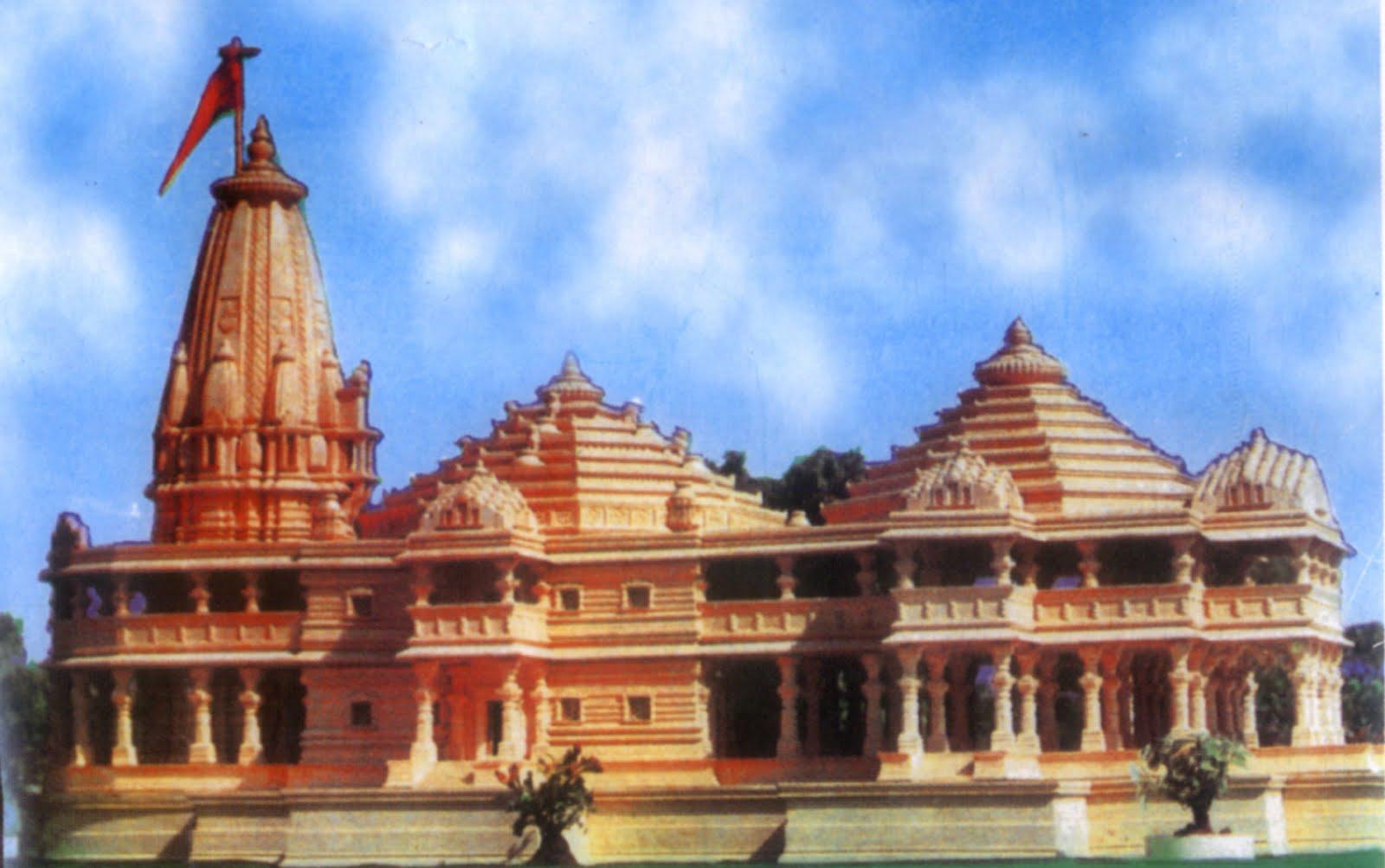With its rich mythology, vibrant culture, and historical significance, Ayodhya tourist places attract millions of visitors every year. The city is not only a spiritual hub but also a destination that blends heritage, devotion, and tradition. Ayodhya, located in Uttar Pradesh, is often described as the birthplace of Lord Rama and one of the seven most important pilgrimage sites for Hindus.
🌄 Introduction to Ayodhya
Ayodhya is mentioned in ancient texts like the Ramayana and has been a center of devotion for centuries. The city’s ghats, temples, and palaces narrate stories of Lord Rama’s life and the dynasties that ruled here. Today, Ayodhya is undergoing a transformation with modern infrastructure while retaining its timeless charm.
🕉️ Major Ayodhya Tourist Places
1. Ram Janmabhoomi Temple
-
The most significant site in Ayodhya, believed to be the birthplace of Lord Rama.
-
The newly constructed Ram Mandir is a grand architectural marvel and a spiritual beacon.
-
Pilgrims from across the world visit to offer prayers and witness the temple’s magnificence.
2. Hanuman Garhi
-
A fortress-like temple dedicated to Lord Hanuman.
-
Located in the heart of Ayodhya, it is one of the most visited shrines.
-
Devotees believe Hanuman guards the city of Lord Rama.
3. Kanak Bhawan
-
A temple gifted to Goddess Sita by Queen Kaikeyi after her marriage.
-
Known for its golden idols of Lord Rama and Sita.
-
A must-visit for its architectural beauty and devotional atmosphere.
4. Nageshwarnath Temple
-
Built by Kush, son of Lord Rama.
-
Dedicated to Lord Shiva, it is one of the oldest temples in Ayodhya.
-
The temple is especially vibrant during Shivratri.
5. Dashrath Bhavan
-
Believed to be the original residence of King Dashrath, father of Lord Rama.
-
The palace hosts devotional programs and Ramayana recitations.
6. Ram Ki Paidi
-
A series of ghats along the Sarayu River.
-
Pilgrims take holy dips here, especially during festivals.
-
The evening aarti at the ghats is a mesmerizing experience.
7. Sita Ki Rasoi
-
A small temple believed to be the kitchen of Goddess Sita.
-
Symbolizes the domestic life of Lord Rama and Sita.
8. Treta Ke Thakur
-
A temple housing idols of Lord Rama, Sita, Lakshman, and Hanuman.
-
Said to be built on the site where Lord Rama performed the Ashwamedha Yajna.
9. Guptar Ghat
-
Associated with Lord Rama’s final departure from the earth.
-
Pilgrims visit to pay homage and meditate by the river.
10. Gulab Bari
-
A beautiful garden and mausoleum of Nawab Shuja-ud-Daula.
-
Showcases Mughal architecture and adds diversity to Ayodhya’s heritage.
🎉 Festivals and Cultural Attractions
Ayodhya is not just about temples; it is also about vibrant festivals.
-
Deepotsav: Celebrated during Diwali, when thousands of lamps light up the ghats and temples.
-
Ram Navami: Marks the birth of Lord Rama, celebrated with grandeur at Ram Janmabhoomi.
-
Chhath Puja: Devotees worship the Sun God at the Sarayu ghats.
These festivals make Ayodhya tourist places even more lively and spiritually enriching.
🍲 Cuisine in Ayodhya
Food is an integral part of the Ayodhya experience.
-
Vegetarian delicacies dominate, with offerings like kachori, jalebi, and poori-sabzi.
-
Prasad at temples, especially laddoos and peda, are popular among visitors.
-
Street food stalls near Hanuman Garhi and Ram Ki Paidi are a delight for pilgrims.
🏙️ Modern Attractions
Ayodhya is evolving with modern infrastructure:
-
Ayodhya Deepotsav has become an international attraction.
-
Museums and cultural centers are being developed to showcase Ramayana heritage.
-
New hotels and resorts cater to the growing influx of tourists.
🚂 Connectivity and Travel Tips
-
By Air: The newly inaugurated Maharishi Valmiki International Airport connects Ayodhya to major cities.
-
By Rail: Ayodhya Junction is well-connected to Lucknow, Varanasi, and Delhi.
-
By Road: Highways link Ayodhya to nearby towns and cities.
Travel Tips:
-
Best time to visit: October to March.
-
Carry modest clothing for temple visits.
-
Book accommodations early during festivals.
📈 Ayodhya Tourism and Economy
Ayodhya tourist places contribute significantly to the local economy. Pilgrimage tourism supports artisans, guides, and hospitality industries. The Ram Mandir project has boosted global interest, making Ayodhya a centerpiece of India’s spiritual tourism.
🧭 Suggested Itineraries
-
Spiritual Circuit (3 Days): Ram Janmabhoomi → Hanuman Garhi → Kanak Bhawan → Dashrath Bhavan → Ram Ki Paidi.
-
Heritage Trail (2 Days): Nageshwarnath Temple → Gulab Bari → Guptar Ghat → Treta Ke Thakur.
-
Festival Experience (4 Days): Deepotsav celebrations → Sarayu Aarti → Sita Ki Rasoi → Local bazaars.
🌟 Conclusion
Ayodhya tourist places are a blend of devotion, heritage, and culture. Whether you are meditating at Ram Janmabhoomi, watching the evening aarti at Ram Ki Paidi, or exploring the Mughal-era Gulab Bari, Ayodhya promises unforgettable experiences. It is not just a city—it is a living embodiment of India’s spiritual soul.



